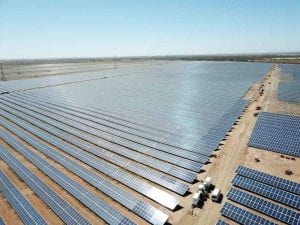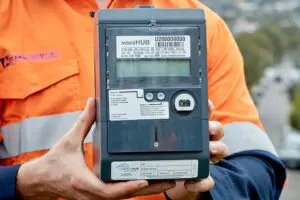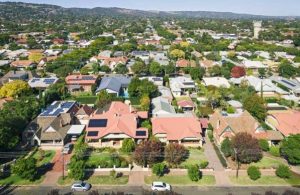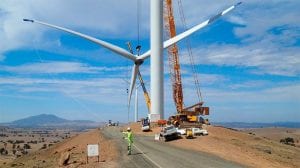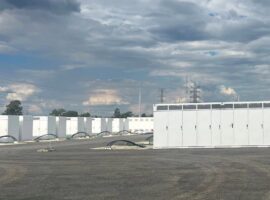The Albanese government has taken the first step towards putting emissions reduction into the objectives of national energy laws, with the launch of consultation on the long overdue reform considered integral to managing the country’s energy transition.
Federal energy minister Chris Bowen on Tuesday released a draft bill and consultation paper on incorporating an emissions reduction component into the laws that govern Australia’s electricity and gas markets.
This is the first substantial change to the objectives of the National Energy Laws in 15 years and is expected to result in a rethink of key rules and regulations that will, in turn, help fast-track the shift from coal and gas to a renewables-based grid.
The proposed amendments to legislation incorporate an emissions reduction objective into each of the three national energy laws – the National Electricity Law (NEL), the National Energy Retail Law (NERL) and the National Gas Law (NGL).
The government says the amendments will provide greater clarity to Australia’s three energy market bodies — the AEMC, AEMO and the AER — to consider emissions reduction in how they undertake their respective powers and functions.
The amendment is also expected to send a “clear signal” to all – including to those in the market and in politics who are still in denial – that Australia is committed to the shift to renewables and away from coal and gas.
“It sends a clear policy signal to market participants, investors and the public of the government’s commitment to work together to manage the transformation of the energy sector to achieve a decarbonised, modern and reliable grid of firmed renewables,” Bowen says.
As RenewEconomy has reported, the lack of an environmental objective has hamstrung regulatory decisions, investments and rule making since it was dropped from the rules of the newly created market in the late 1990s.
This has since resulted in some clearly absurd decisions, such as backing new diesel generators rather than a storage option at Broken Hill.
See: Regulatory madness promotes dirty diesel over renewable mini grid at Broken Hill
It has also led to poor outcomes in assessing the net worth of new transmissions projects, causing delays that has left Australia short of grid capacity as it shoots for 82 per cent renewables by 2030.
Happily, the states and federal governments agreed in August that this has to change – particularly if there is to be any hope of meeting our emissions reduction targets of 43% by 2030 and net-zero by 2050.
“Reflecting emissions reduction goals in the [National Energy Objectives] is important for ensuring emissions intensity of generation is considered and reducing emissions is prioritised,” said ACT climate minister Shane Rattenbury, who led the push for the reform to the NEO.
“Reflecting the net zero emissions goal in the NEO will help to ensure an efficient and coordinated national approach to decarbonisation, so that we can make this transition as smooth as possible,” he said in August.
Christiaan Zuur, the head of energy transformation at the Clean Energy Council, reflected on the significance of the move on Tuesday.
“Never thought I’d see the day that an ’emissions reduction limb’ would actually make it into the National Electricity Objective (NEO),” Zuur says on LinkedIn.
As Zuur sums it up, the paper proposes to include emissions on the same “line” as other elements of the existing energy market objectives like reliability, price and security.
“Economic efficiency remains the lens through which the NEO must be applied, including for emissions reduction. Other approaches, such as considering ‘cost effectiveness’ models, have been rejected,” he notes.
“Interesting to see how this plays out, particularly for the current reviews of the transmission planning frameworks, system security and reliability standards.
“Similarly, its identified that the new objective may change the way that RIT-Ts are applied, which has some major implications for transmission planning,” Zuur says.
As the consultation paper notes, introducing an emissions reduction objective was a first action agreed by governments under the new National Energy Transformation Partnership – described as “a fundamental reset of relations across governments and the first fully integrated national energy and emissions agreement.”
It is also consistent with the Ministers’ Strategic Energy Plan (SEP) to deliver “reliable and low emissions electricity and gas supply,” and the corresponding objective that “electricity and gas sectors efficiently deliver at least their share of emissions target/s while ensuring reliable supply.”
Bowen says the consultation phase for the draft bill will run until February 07, 2023, with submissions from stakeholders considered in the publication of a final draft that is expected to be put before energy ministers for final agreement early in 2023.




